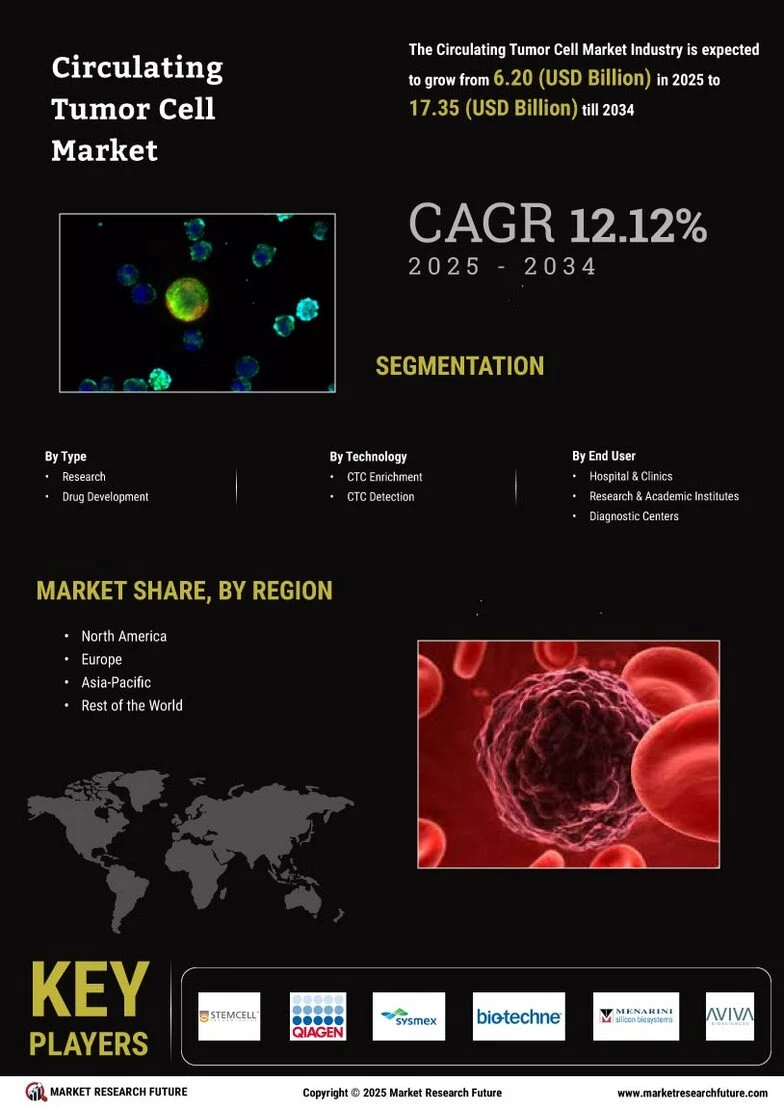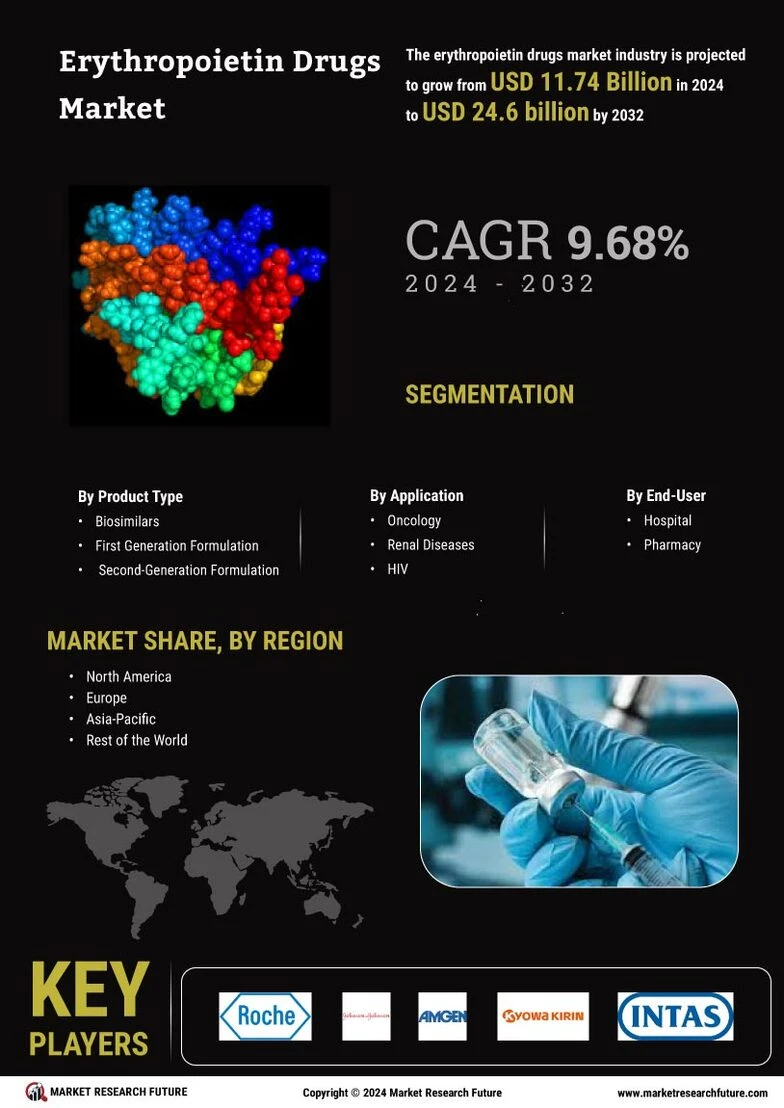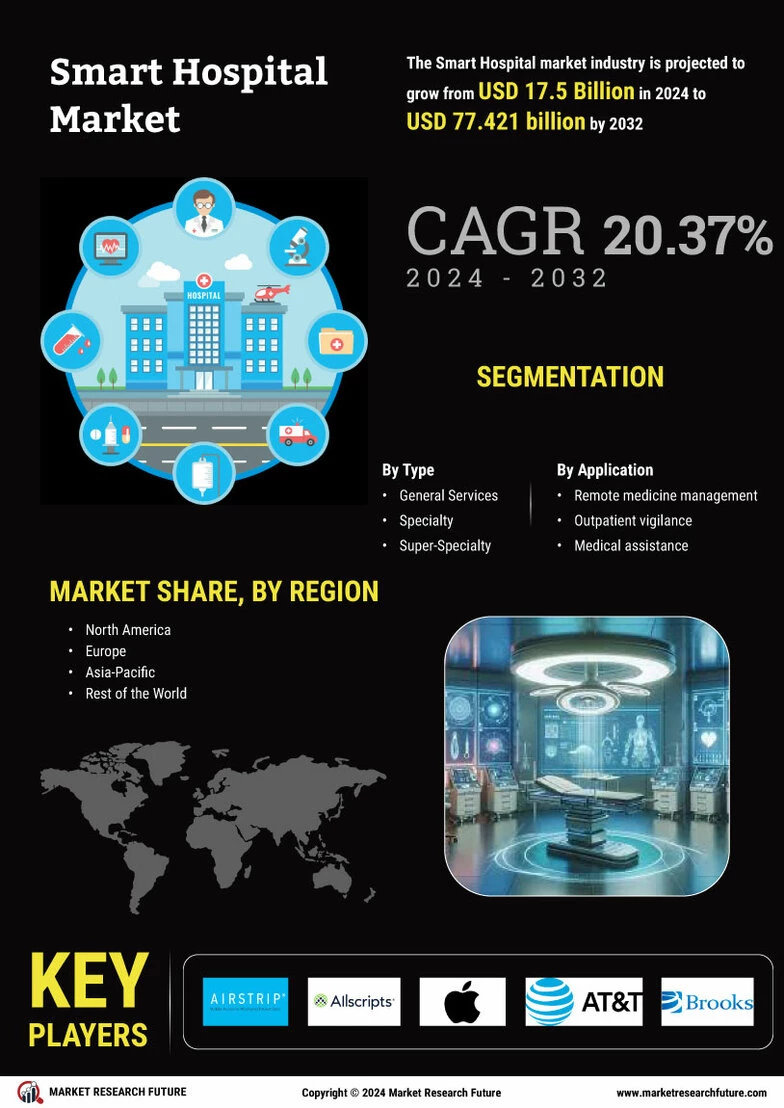Exploring Market Dynamics of the Transseptal Access System Market Size
The Transseptal Access System Market is expanding rapidly due to the growing prevalence of cardiac arrhythmias and increased focus on interventional cardiology procedures. As the need for precision and safety in heart procedures rises, the demand for advanced transseptal access systems has surged across hospitals and cardiac centers. According to the Transseptal Access System Market Size
, the market is expected to witness substantial growth over the next decade, driven by innovations in catheter designs and real-time imaging technologies. Manufacturers are enhancing product capabilities through improved steerability and flexible tip materials, providing clinicians with greater procedural control. Furthermore, healthcare institutions are prioritizing minimally invasive procedures to reduce recovery time and complications, contributing to an increasing market footprint worldwide.
The increasing investments in healthcare infrastructure, coupled with strategic collaborations among key players, are also expanding market opportunities. Companies are introducing new devices with enhanced ergonomics and performance consistency to meet growing clinical demands. This evolution is supported by favorable regulatory frameworks in major markets such as the U.S., Germany, and Japan. The market size continues to rise as these innovations create new benchmarks in safety and procedural accuracy. As a result, the Transseptal Access System Market is expected to reach a new level of growth momentum in both developed and emerging economies.
Get Full Reports :https://www.marketresearchfuture.com/reports/transseptal-access-system-market-40224
FAQs
Q1. What factors influence the market size?
A1. Rising cardiac cases, technological progress, and expanding interventional capabilities in hospitals.
Q2. Which technologies are fueling market growth?
A2. Smart-guided imaging systems and advanced steerable sheaths.
Q3. Is the market dominated by any specific product type?
A3. Yes, steerable and integrated sheath systems hold a significant portion due to precision advantages.
Q4. How does patient preference affect the market?
A4. Patients increasingly prefer minimally invasive procedures, boosting device adoption.
The Transseptal Access System Market is expanding rapidly due to the growing prevalence of cardiac arrhythmias and increased focus on interventional cardiology procedures. As the need for precision and safety in heart procedures rises, the demand for advanced transseptal access systems has surged across hospitals and cardiac centers. According to the Transseptal Access System Market Size
, the market is expected to witness substantial growth over the next decade, driven by innovations in catheter designs and real-time imaging technologies. Manufacturers are enhancing product capabilities through improved steerability and flexible tip materials, providing clinicians with greater procedural control. Furthermore, healthcare institutions are prioritizing minimally invasive procedures to reduce recovery time and complications, contributing to an increasing market footprint worldwide.
The increasing investments in healthcare infrastructure, coupled with strategic collaborations among key players, are also expanding market opportunities. Companies are introducing new devices with enhanced ergonomics and performance consistency to meet growing clinical demands. This evolution is supported by favorable regulatory frameworks in major markets such as the U.S., Germany, and Japan. The market size continues to rise as these innovations create new benchmarks in safety and procedural accuracy. As a result, the Transseptal Access System Market is expected to reach a new level of growth momentum in both developed and emerging economies.
Get Full Reports :https://www.marketresearchfuture.com/reports/transseptal-access-system-market-40224
FAQs
Q1. What factors influence the market size?
A1. Rising cardiac cases, technological progress, and expanding interventional capabilities in hospitals.
Q2. Which technologies are fueling market growth?
A2. Smart-guided imaging systems and advanced steerable sheaths.
Q3. Is the market dominated by any specific product type?
A3. Yes, steerable and integrated sheath systems hold a significant portion due to precision advantages.
Q4. How does patient preference affect the market?
A4. Patients increasingly prefer minimally invasive procedures, boosting device adoption.
Exploring Market Dynamics of the Transseptal Access System Market Size
The Transseptal Access System Market is expanding rapidly due to the growing prevalence of cardiac arrhythmias and increased focus on interventional cardiology procedures. As the need for precision and safety in heart procedures rises, the demand for advanced transseptal access systems has surged across hospitals and cardiac centers. According to the Transseptal Access System Market Size
, the market is expected to witness substantial growth over the next decade, driven by innovations in catheter designs and real-time imaging technologies. Manufacturers are enhancing product capabilities through improved steerability and flexible tip materials, providing clinicians with greater procedural control. Furthermore, healthcare institutions are prioritizing minimally invasive procedures to reduce recovery time and complications, contributing to an increasing market footprint worldwide.
The increasing investments in healthcare infrastructure, coupled with strategic collaborations among key players, are also expanding market opportunities. Companies are introducing new devices with enhanced ergonomics and performance consistency to meet growing clinical demands. This evolution is supported by favorable regulatory frameworks in major markets such as the U.S., Germany, and Japan. The market size continues to rise as these innovations create new benchmarks in safety and procedural accuracy. As a result, the Transseptal Access System Market is expected to reach a new level of growth momentum in both developed and emerging economies.
Get Full Reports :https://www.marketresearchfuture.com/reports/transseptal-access-system-market-40224
FAQs
Q1. What factors influence the market size?
A1. Rising cardiac cases, technological progress, and expanding interventional capabilities in hospitals.
Q2. Which technologies are fueling market growth?
A2. Smart-guided imaging systems and advanced steerable sheaths.
Q3. Is the market dominated by any specific product type?
A3. Yes, steerable and integrated sheath systems hold a significant portion due to precision advantages.
Q4. How does patient preference affect the market?
A4. Patients increasingly prefer minimally invasive procedures, boosting device adoption.
0 Commenti
0 condivisioni
12 Views
0 Anteprima








